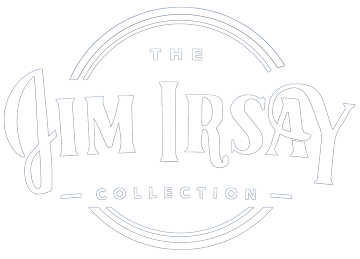Framed black and white photograph of Jack Kerouac with inscription by Allen Ginsberg
Jack Kerouac (1922-1969), born Jean-Louis Lebris de Kérouac, was a novelist and poet who was a pioneer of the Beat movement in the mid-20th century. Kerouac's second book, On the Road, is credited as one of the seminal writings of the Beat and American Counterculture movements, and his influence was wide-ranging into the popular music of the 1960s and beyond.
Kerouac was born on March 12, 1922, in Lowell, Massachusetts. He attended Columbia University in New York City, where he met several of his future Beat Generation collaborators, including Allen Ginsberg, William S. Burroughs, and Neal Cassady. Kerouac wrote his first novel, The Town and the City, in 1950, which was met with limited critical reception. His second novel, On the Road, was written in 1951, but was not published until 1957. On the Road was hailed as a defining work in the counterculture movement that became known as the Beat Generation, owing to its spontaneous and stream of consciousness style that reflected jazz and bop music of the era. On the Road was a semi-autobiographical tale of Kerouac and his friends travels throughout the United States, which espoused independent thinking and lifestyles that went against the conventional thinking of the time. This novel, along with Ginsberg's Howl (1956) and Burroughs' Naked Lunch (1959), formed the basis for the Beat Generation.
Kerouac's follow up novel, The Dharma Bums (1958), expanded upon his work in On the Road, and explored a Buddhist approach to Kerouac's lived experiences. On the Road and The Dharma Bums served as direct influences to the hippie and anti-establishment counterculture of the 1960s, where social and sexual freedom pushed up against traditional authority in similar ways to the earlier Beat Generation.
Kerouac published 13 novels and numerous works of poetry throughout his lifetime, with several more novels and compilated works being released posthumously. Numerous artists credit Kerouac as an influence for their work, including Bob Dylan, The Beatles, the Grateful Dead, and the Doors. Kerouac died on October 21, 1969, aged 47.























